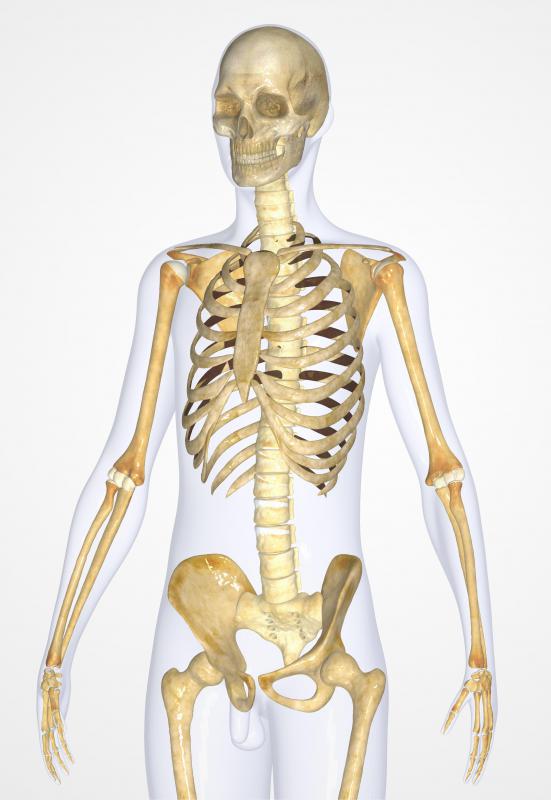At TheHealthBoard, we're committed to delivering accurate, trustworthy information. Our expert-authored content is rigorously fact-checked and sourced from credible authorities. Discover how we uphold the highest standards in providing you with reliable knowledge.
What Is Chondrodysplasia Punctata?
Chondrodysplasia punctata is a term used to encompass a set of very rare, inherited disorders in which an affected individual exhibits abnormal conditions with the eyes, skin and skeletal system. In addition, the disorders also have an effect on mental functioning. Three different types of chondrodysplasia punctata exist: rhizomelic, non-rhizomelic and Sheffield type.
Rhizomelic chondrodysplasia punctata is the result of a single-gene mutation. An affected individual can exhibit a variety of characteristics associated with this type of disorder, including cataracts, cleft palate and clubfeet, as well as scales on the skin and spine abnormalities. In addition, the individual might also exhibit a dotted appearance on the cartilage, shortened long bones and mental retardation. Often, fetuses with this disorder die when in the womb or a short time after birth. An individual who survives birth with the disorder has a life expectancy of less than 10 years.

Non-rhizomelic chondrodysplasia punctata is an X-linked disorder and is also known as Conradi-Hunermann syndrome. Types of non-rhizomelic disorders include Happle’s chondrodysplasia and brachytelephalangic chondrodysplasia punctata. Happle’s chondrodysplasia is an X-linked dominant form of the disorder and brachytelephalangic chondrodysplasia punctata is the X-linked recessive form.

Happle’s chondrodysplasia usually affects females and is deadly in males, as male fetuses with the disorder often result in a miscarriage. Characteristics of am individual with this non-rhizomelic disorder include asymmetrical arms and legs, cataract in one eye, and scales or sores on the skin. Usually, there is no mental retardation and the intelligence of an affected individual is normal.

Brachytelepalangic chondrodysplasia punctata more commonly affects males, although it can be found in females as well. Characteristics of this type of disorder include abnormalities of the face, as well as the cartilage located in the larynx and trachea. Examples of facial abnormalities include a cleft palate, small teeth and flat nose. These abnormalities of the face, larynx and trachea can cause newborns to have breathing difficulties, resulting in the need for respiratory therapy. An affected individual also shows calcifications in not only the feet and legs, but in the small fingers and toes as well.

Sheffield type is considered to be a milder form of chondrodysplasia punctata. This disorder affects both males and females. In regards to specific genetic mutation, less is known about Sheffield type. Characteristics of Sheffield type include an abnormal, dotted appearance on cartilage, facial features that are flattened, and mental retardation.
AS FEATURED ON:
AS FEATURED ON:














Discuss this Article
Post your comments